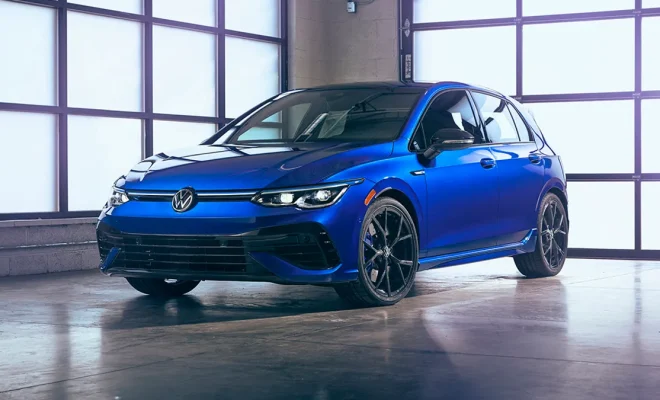Cars with Adaptive Cruise Control: Everything You Need to Know

Adaptive Cruise Control (ACC) is a game-changing technology that has revolutionized driving. This innovative feature provides you with a safer and more comfortable driving experience by automatically adjusting your car’s speed to maintain a safe distance from other vehicles, allowing you more time to focus on the road ahead.
In this article, we will explore everything you need to know about cars with adaptive cruise control, including how it works, its benefits, and some of the top models that come equipped with ACC.
How Does Adaptive Cruise Control Work?
The magic behind ACC lies in its ability to collect information from several sensors and cameras installed on the car’s exterior. These tools monitor the traffic conditions around the vehicle, particularly those located in front of your car. When you activate adaptive cruise control, the system determines a safe following distance based on factors like your speed and the conditions of the road. In essence, it takes over the tasks of controlling the throttle and brakes when necessary.
The system constantly scans for changes in traffic conditions and automatically slows down or speeds up your car accordingly. If the vehicle ahead of you stops or slows down suddenly, ACC will adjust accordingly and maintain a safe gap until traffic resumes at a normal pace.
Benefits of Adaptive Cruise Control
1. Improved Safety: One of the most significant advantages of ACC is that it helps reduce the possibility of rear-end collisions by maintaining a safe following distance from other cars. It also responds faster than human reaction time in critical braking situations.
2. Reduced Driver Fatigue: With adaptive cruise control handling speed adjustments and maintaining constant gaps between vehicles, drivers can focus more on steering and monitoring other aspects of driving. This results in reduced driver fatigue and a more comfortable experience during road trips or long-distance commutes.
3. Enhanced Fuel Efficiency: By smoothly adjusting your vehicle’s acceleration and deceleration seamlessly without flooring the gas or abruptly braking, the system allows for improved fuel efficiency.
4. Increased Traffic Flow Efficiency: Cars equipped with ACC can help improve traffic flow by maintaining consistent speeds and gaps between vehicles, reducing lane change frequency and sudden stops.
Top Car Models With Adaptive Cruise Control
Many car manufacturers offer adaptive cruise control as a standard feature or an optional extra in their vehicles. Here are some of the top models with ACC currently available on the market:
1. Tesla Model 3: Known for its cutting-edge technology, Tesla’s Model 3 comes with an advanced autopilot system that includes adaptive cruise control as standard.
2. Toyota Corolla: The Toyota Corolla offers adaptive cruise control as part of the Toyota Safety Sense 2.0 package.
3. Honda Accord: This vehicle features ACC as a component of its Honda Sensing suite of driver-assist technologies.
4. Ford Fusion: Ford’s Co-Pilot360 technology package includes adaptive cruise control as well, ensuring a safer and more enjoyable drive.
5. Mercedes-Benz E-Class: The E-Class carries the well-regarded Distronic Plus Adaptive Cruise Control system for smooth and stress-free driving experiences.
In conclusion, cars with adaptive cruise control provide numerous advantages for modern-day drivers, from enhanced safety to comfort and improved fuel efficiency. With more automobile manufacturers incorporating this technology into their vehicles, it is rapidly becoming a must-have feature in today’s demanding driving environment. Make sure to consider ACC when shopping for your next car and embrace a better driving experience!




